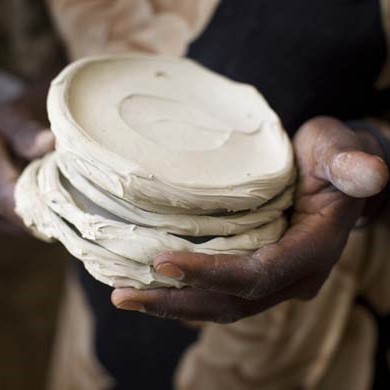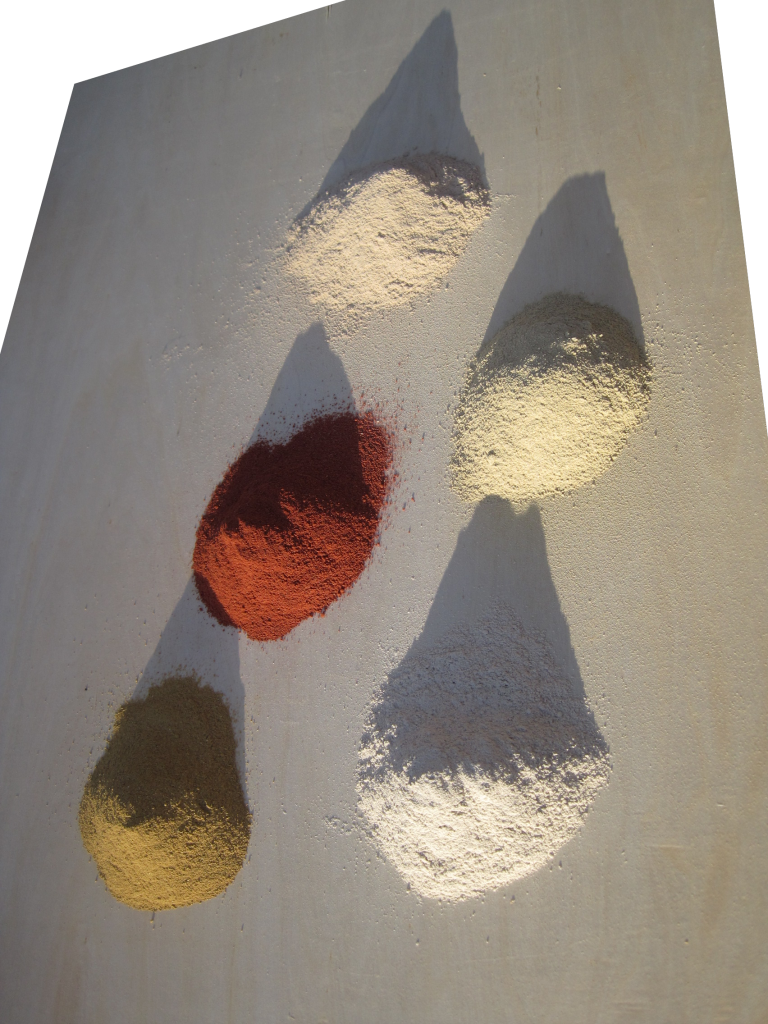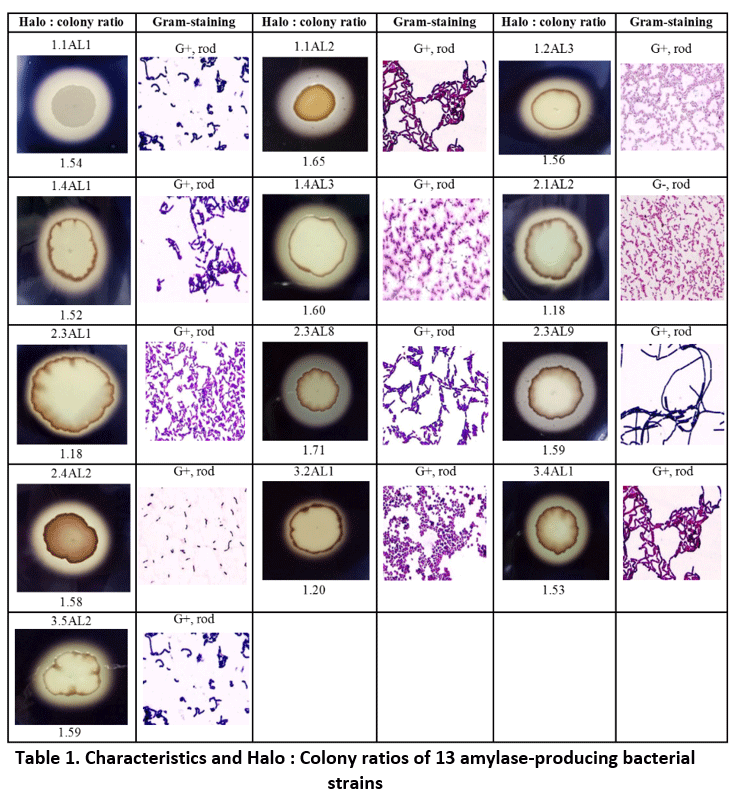“God made dirt, and dirt don’t hurt.” So chant young children when they don’t want to take a bath. And mostly, that’s true.
As it turns out, the average person ingests about 100 milligrams of dirt every single day. Overall, that equates to roughly six pounds of dirt in an average lifespan! This is mostly unintentional.
Eating Dirt Intentionally
On the other hand, some people crave dirt. It’s a form of the disorder pica (the strong urge to eat items that aren’t food). Geophagia is the official term for craving and eating dirt, including earth, soil, or clay. Eating dirt may relieve gastrointestinal pain for some people, but it can also cause health problems such as anemia and lead poisoning.
Eating dirt is not a recent phenomenon by any stretch of the imagination. Archaeologists have found evidence that our ancestors ate dirt at least 2 million year ago, back when Homo sapiens was still Homo habilis. Hippocrates wrote about the practice more than 2 thousand years ago.
If a pregnant woman feels the desire to eat earth or charcoal and then eats them, the child will show signs of these things.
Hippocrates. Oevres Complètes d’Hippocrate, Vol. 8, Little E, transl. Paris: Baillière, 1839: 487
Children sometimes choose to eat dirt, and it has also been linked to pregnancy cravings and nutrient deficiencies. If you have iron deficiency anemia, you may feel an urge to eat dirt. While soil does contain minerals and nutrients, it’s not a safe way to get them into your body. Overall, dirt eating happens more often in places where there is famine and poverty.
In fact, exposure to a diverse range of microorganisms, including those found in soil and on farm animals, can actually have significant benefits on your gut microbiome, supporting digestive and immune health.
Cooking With Dirt
Despite headlines claiming desperately hungry people in Haiti eat “galette” out of necessity, these mud cakes actually play a different role in traditional medicine. Due to their mineral content, some people traditionally recommended these mud cookies as a dietary supplement for pregnant women and children. A small minority of Haitians believe they contain calcium (which can act as an antacid and provide nutritional benefits), but doctors warn this can also cause tooth decay, constipation, and worse.
To make sour dirt, spread soil on a cookie sheet, season with vinegar or your choice of flavorings, and then bake in a wood-burning oven for an hour or smoke in the chimney. After preparation, the dirt tastes sour with an acidic taste, crunchy, and smooth; reputedly, it melts in the mouth like chocolate. (I haven’t tried it and do not recommend it.)
The Many Uses of Kaolin
Dr. Sera Young, a research scientist at Cornell University’s College of Human Ecology, published Craving Earth, which documents more than 2,000 years of human consumption of clay, starch, and chalk worldwide. In the United States, there is a Southern tradition of eating white dirt, largely a function of geography. “White dirt” is actually a soft, chalky clay.
The southeastern North American coastline is especially rich in minerals. Chuck Reese wrote an article about the southern history of eating white dirt in The Bitter Southerner. “One of the most valuable of those mineral resources, historically, was kaolin. Look at the list of its uses, and you’ll see why:
- “Ceramics
- “Toothpaste
- “As a light-diffusing material in light bulbs
- “Cosmetics
- “As a gloss modifier in paint
- “As a reinforcing element in rubber
- “In adhesives that modify the rheology, or relative solidity, of soft solids such as muds and mortars
- “As an organic insect repellent in agriculture
- “As a whitewash in traditional masonry structures in Nepal
- “As an indicator in radiological dating
- “As an absorbent in water-treatment systems
- “And of course, there is its most human use: Kaolin soothes the upset stomach. Didn’t your mama ever give you Kaopectate?” (Chuck Reese, Bitter Southerner)
“It’s pretty clear in the medical community that this [eating dirt] is not necessarily a deadly idea, but it’s not a good idea,” Adam Forrester says.
Chuck Reese adds, “People who eat white dirt are mostly, but not entirely, African-American. They are mostly, but not entirely, women. And mostly, women eat it when they are entirely pregnant.”
Benefits of Getting Dirty
Studies using mice have found healthy bacteria that live in the soil increase serotonin levels and reduce anxiety. But mice are pretty different from humans.
There’s a safer way. “Putting your hands in the soil releases ‘feel good’ chemicals in the brain and grounds the nervous system,” Hannah Brents, LICSW, of Safe Talk Therapy in Boston, told Psycom.
Actually, there are many benefits of gardening and spending time outdoors.
- While tending a garden, you perform functional movement that mimics whole body exercise, burns calories, improves balance, increases strength, and increases flexibility. You’ll enjoy an improved diet if you grow your own vegetables and herbs.
- Studies have shown that spending time outdoors reduces heart rate and muscle tension. Sunlight lowers blood pressure and increases vitamin D levels. In addition, people tend to breathe deeper when outside, which helps to clear out the lungs, improves digestion, improves immune response, and increases oxygen levels in the blood.
- Exercise in nearly all forms is good for you. It’s been shown to lighten mood and lower levels of stress and anxiety. Routines of gardening and exercise provide structure to our days and are linked to improved mental health.
- Gardening and spending time outdoors brings people together and strengthens social connections. They bring together people with diverse backgrounds who share preferred activities. Social connections help lower stress, improve resilience, and provide support during difficult times in life. A strong sense of belonging lowers your risk of depression, anxiety, and suicide.
Dirt Comes in Many Flavors
As you no doubt inferred from the above discussion of white dirt, there are many types of dirt. If you are a gardening nerd, you probably already know one type of dirt from another. For the rest of us:
- Sandy soil is light, warm, dry and tends to be acidic and low in nutrients. It has a high proportion of sand and little clay (clay weighs more than sand).
- Clay soil is a heavy soil type that benefits from high nutrients. Clay soils remain wet and cold in winter and dry out in summer.
- Silt soil is a light and moisture retentive soil type with a high fertility rating.
- Peat soil is high in organic matter and retains a large amount of moisture.
- Chalk soil can be either light or heavy but always highly alkaline due to the calcium carbonate (lime) within its structure.
- Loam soil is a mixture of sand, silt, and clay combined to avoid the negative effects of each type.
- Black dirt typically contains iron and other chemicals, which is what gives it the brown/black color.
And then there are other distinctions known to gardeners: fill dirt, top soil, potting soil…
Dirty Danger
But when it comes to dirt, whether you are playing in it, eating it, or working with it, beware: there are many soil born diseases and illnesses. People with compromised immune systems, whether due to a congenital condition, following an organ transplant, or certain medication, must avoid gardening or soil contact for this reason. In addition to tetanus, anthrax, and botulism, soil bacteria may cause diseases in the gastrointestinal tract, infections in open wounds, skin lesions, and respiratory tract disruptions. Non-responsive, overwhelming, or chronic pneumonia may be connected to dirt as well. Typically, the growth of disease-producing microorganisms is favored by particular soil characteristics and may involve complex life cycles including amoebae or animal hosts. Infection may come from direct inoculation, ingestion of contaminated food, or inhalation.
Because there are so many benefits of getting close to dirt, do it! Just take appropriate cautions and use protective gear as needed.
Bottom Line: Getting down and dirty can be a beautiful thing!









